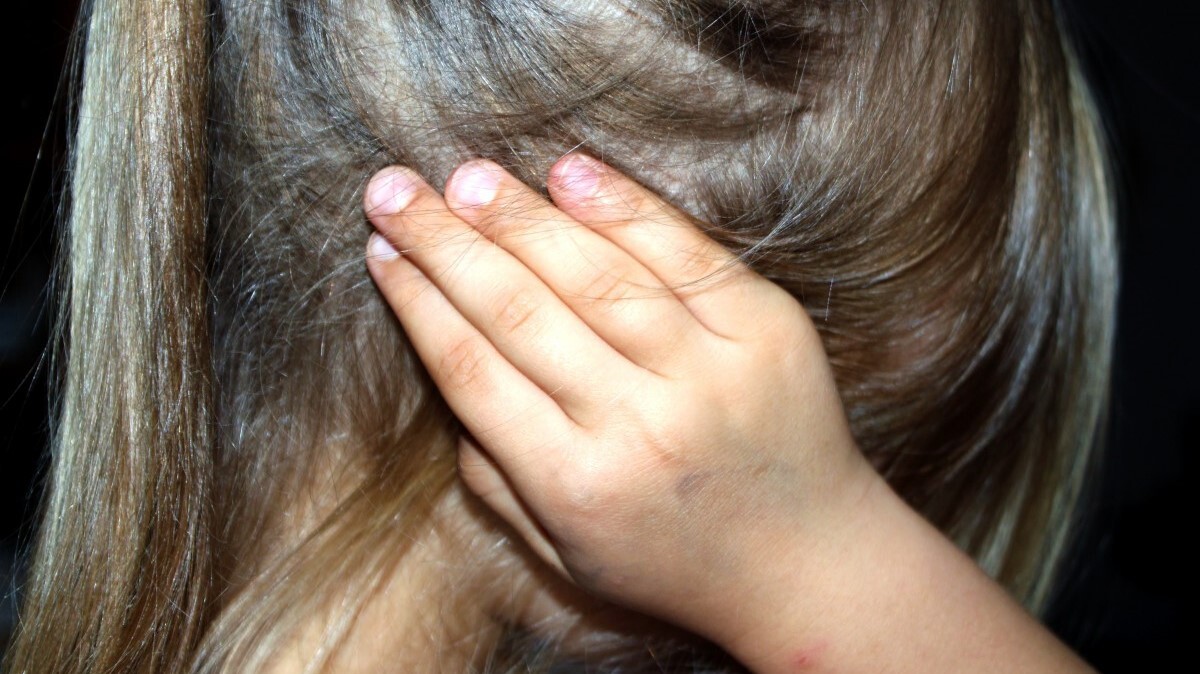The eustachian tube is about 1 1/2 inches long and connects the middle ear with the throat. | PxHere.com
The eustachian tube is about 1 1/2 inches long and connects the middle ear with the throat. | PxHere.com
• Eustachian tubes are small tubes that run between your middle ears and the upper throat.
• Blocked eustachian tubes can cause pain, hearing difficulties and a feeling of fullness in the ears.
• One possible treatment for eustachian tube dysfunction is balloon dilation.
Sinus infections do more than disrupt your breathing; they can also affect hearing by causing blockages in the eustachian tube, which can lead to temporary hearing loss and painful ear symptoms.
"Some people typically, with eustachian tube dysfunction, either get recurrent infections or constantly feel like they're underwater and either they can't hear or they have pressure in their ears,” Dr. Jamie Oberman of Frederick Breathe Free Sinus & Allergy Centers told Baltimore City Wire. “I have some patients who literally stopped traveling because they can't tolerate the barometric pressure changes."
Eustachian tubes are small tubes that run between your middle ears and upper throat. They are responsible for equalizing ear pressure and draining fluid from the middle ear, the part of the ear behind the eardrum. The eustachian tubes are usually closed, except for when you chew, swallow or yawn, according to Healthline.
These passageways are small and they can get plugged for a variety of reasons. Blocked eustachian tubes can cause pain, hearing difficulties and a feeling of fullness in the ears. Such a phenomenon is referred to as eustachian tube dysfunction (ETD). ETD is a relatively common condition.
Depending on the cause, it may resolve on its own or through simple at-home treatment measures, such as chewing gum, yawning or using a saline nasal spray. Severe or recurring cases may require a visit to the doctor, according to Healthline.
One possible treatment for ETD is balloon dilation, according to the National Center for Biotechnology Information. This procedure is minimally invasive and relatively new. A study of 126 children who underwent balloon dilation to treat ETD found that there were no reported complications, and symptoms improved in 80% of patients.
To find out more about the symptoms of ETD and sinusitis, take this Sinus Self-Assessment Quiz.


 Alerts Sign-up
Alerts Sign-up